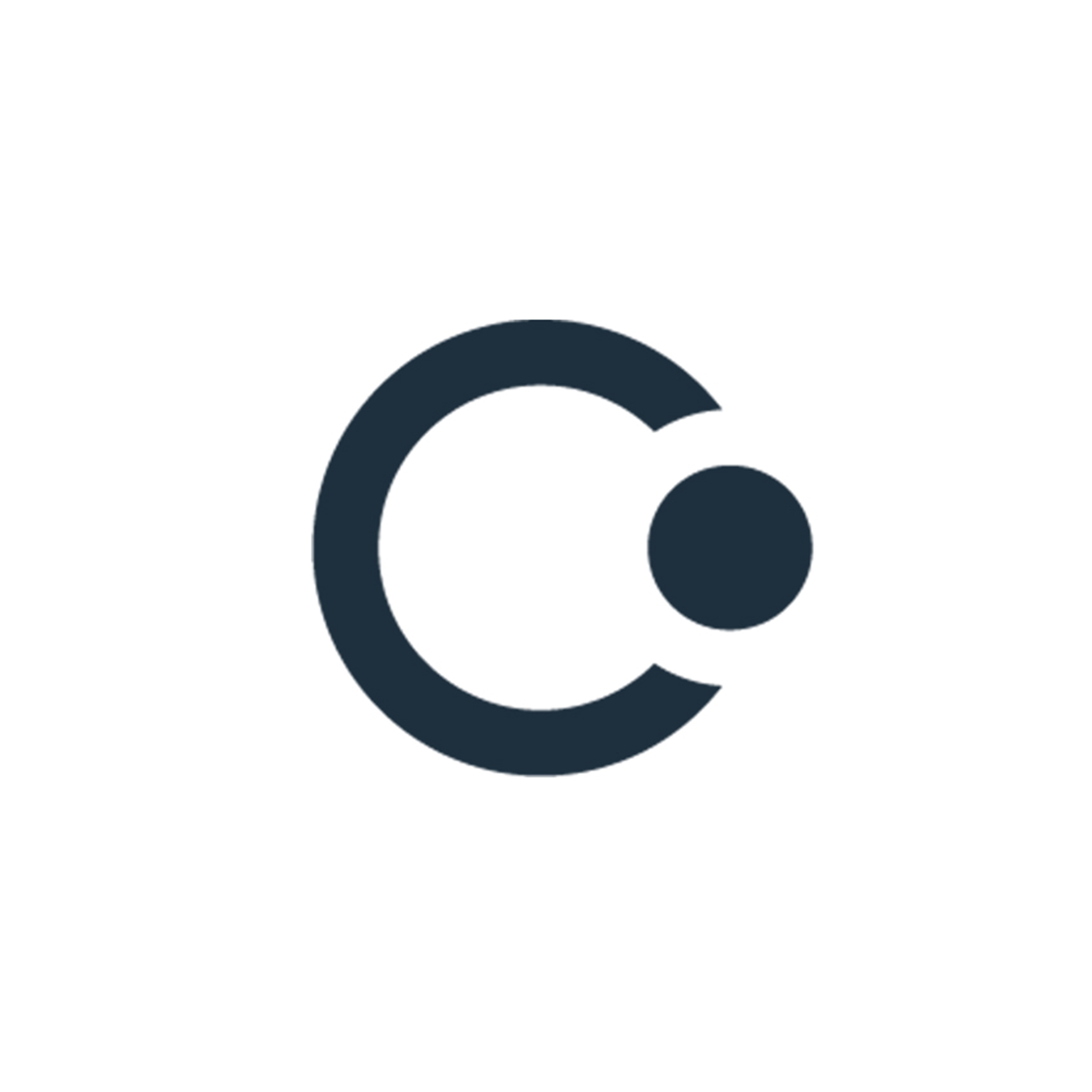Original Author: Jaden, LD Capital
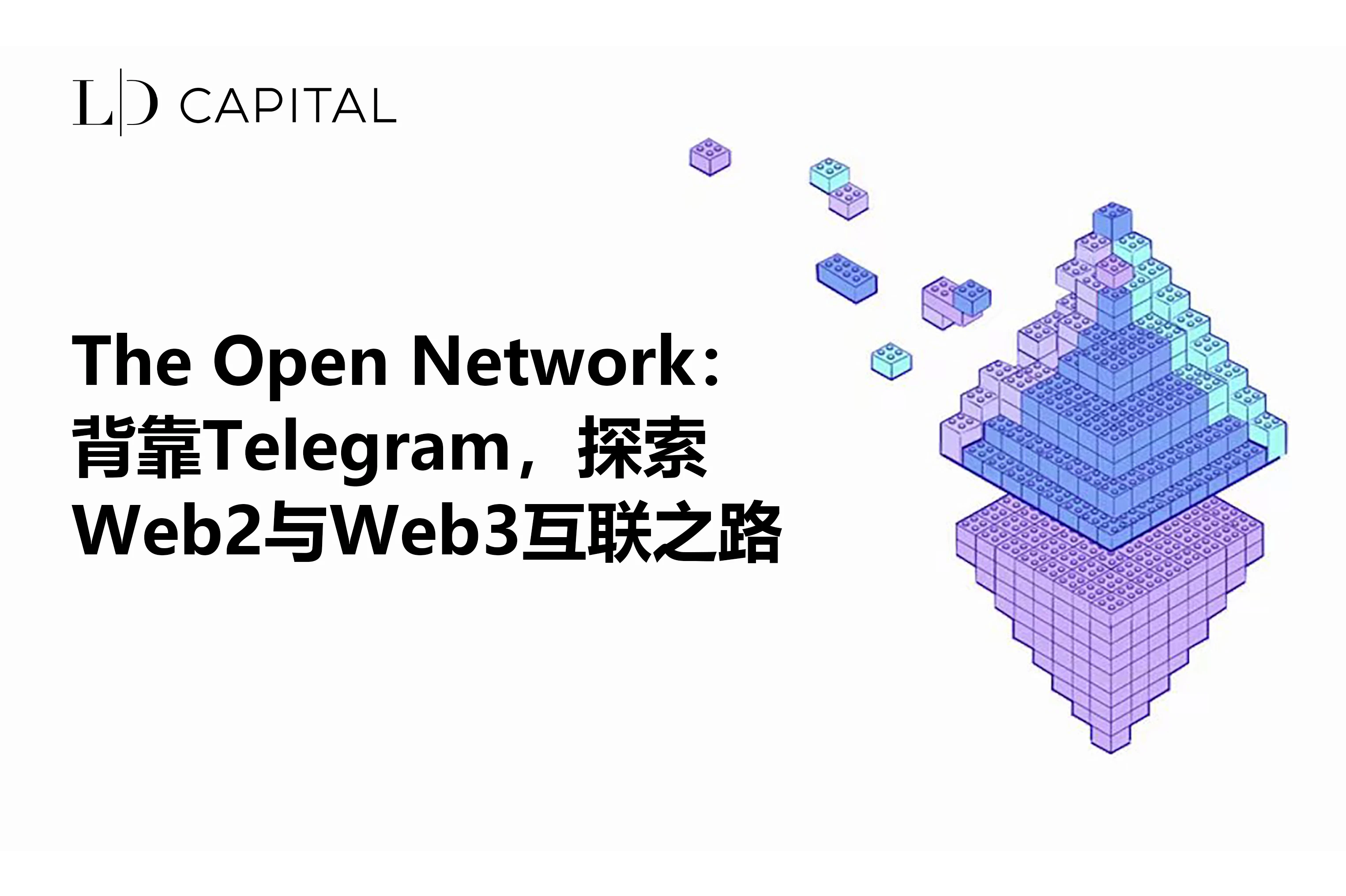
August 14th is the 10th anniversary of Telegram. Founder and CEO Pavel Durov mentioned in the 10th anniversary letter that the next step for Telegram is to go beyond information transmission and lead innovation in social media. Due to its information encryption and privacy features, Telegram has become one of the most popular communication apps.
This year's Telegram Bot craze has also attracted attention from the market. However, Telegram bots only use the Telegram application as an interface for the Ethereum protocol and do not directly interact with the TON chain. TON chain is transformed from the Telegram Open Network blockchain platform. Telegram Open Network was launched by Telegram in 2017, but had to halt development due to SEC accusations. Subsequently, the Telegram community rebranded the network as the Open Network (TON) and continued network development and ecosystem growth through self-organization. Currently, the market value of the governance token TON exceeds that of Polkadot and Polygon, ranking 12th and 6th among public chains, respectively. Although Telegram is no longer involved in the development of the TON network, the TON network may still gain significant traffic by being associated with Telegram. Telegram bots have also brought about a paradigm shift in user experience from Web 2 applications to Web 3, with lower costs and entry barriers.
1. Network Framework
The structure of TON is a multi-layered and multi-chain structure, including the main chain (masterchain), workchains, and shardchains. The main chain acts as a central manager, while workchains support smart contracts and decentralized applications (DApps). Different workchains only need to meet unified interoperability standards, similar to Polkadot. Within each workchain, shardchains are implemented to enhance scalability and parallel transaction processing, with each shard being responsible for a subset of accounts.
The TON network currently adopts a PoS consensus mechanism. There are 3 roles in the network:
1) Validation nodes: Participate in maintaining network security by staking TON tokens;
2) Fisherman: Check if validation nodes have diligently completed their validation tasks by sending invalid proofs. If a validation node is found to have passed an invalid proof, it will be punished.
3) Proofreader: Proofread the status of the slice and the status of adjacent slices and send them to the validation node, typically assigned to the proofreader as a reward by the validation node.
2. Roadmap
1. Enhance detection and punishment for nodes that do not act as validators;
2. Create a cross-chain bridge between Ethereum and BNB smart chains;
3. Allow staking participants to vote on the entire network on-chain;
4. In terms of payments, support the establishment of payment channels between any two participants for instant microtransactions, free of charge except for network fees during channel creation and closing;
3. Token Situation
Telegram Open Network testnet 2 After going online, 50 billion tokens will be minted, of which 1.45% will be allocated to developers and testers. However, the SEC quickly banned Telegram from issuing tokens to investors, and subsequently Telegram ceased its work on the TON ecosystem. Testnet 2 tokens were placed in smart contracts. All available Toncoin (TON) tokens are released through mining. These tokens are placed in a special Giver smart contract, allowing anyone to participate in mining, with a mining deadline of June 28, 2022.
After the end of the initial allocation of coins, TON enters the PoS phase. According to the whitepaper, the reward tokens of the PoS network account for approximately 20% of the staked tokens, with an annual inflation rate of approximately 2%, and the total token supply is expected to double in 35 years. Currently, the total token supply is 50.93 billion, with a circulating supply of 34.41 billion.
Use Cases
1. Payment: domain names (DNS), data storage, TON agents, on-chain gas, cross-chain fees, etc;
2. Staking: maintaining network security, a portion of the tokens confiscated from validating nodes will be burned (specific ratio not specified.);
3. Governance;
IV. Network Data
The current number of verified stages in the Ton Network is 343, with a total staking amount of 486 million tokens, accounting for 9.5% of the total token supply and 14.12% of the circulating token supply. The amount of destroyed tokens is 41,600. Since January 2022, the total number of network accounts and active addresses has been steadily increasing, with a current total of 3.351 million accounts and approximately 765,000 active addresses. The daily transaction volume is 160,000 transactions, and the daily increase in on-chain addresses is approximately 700-900.

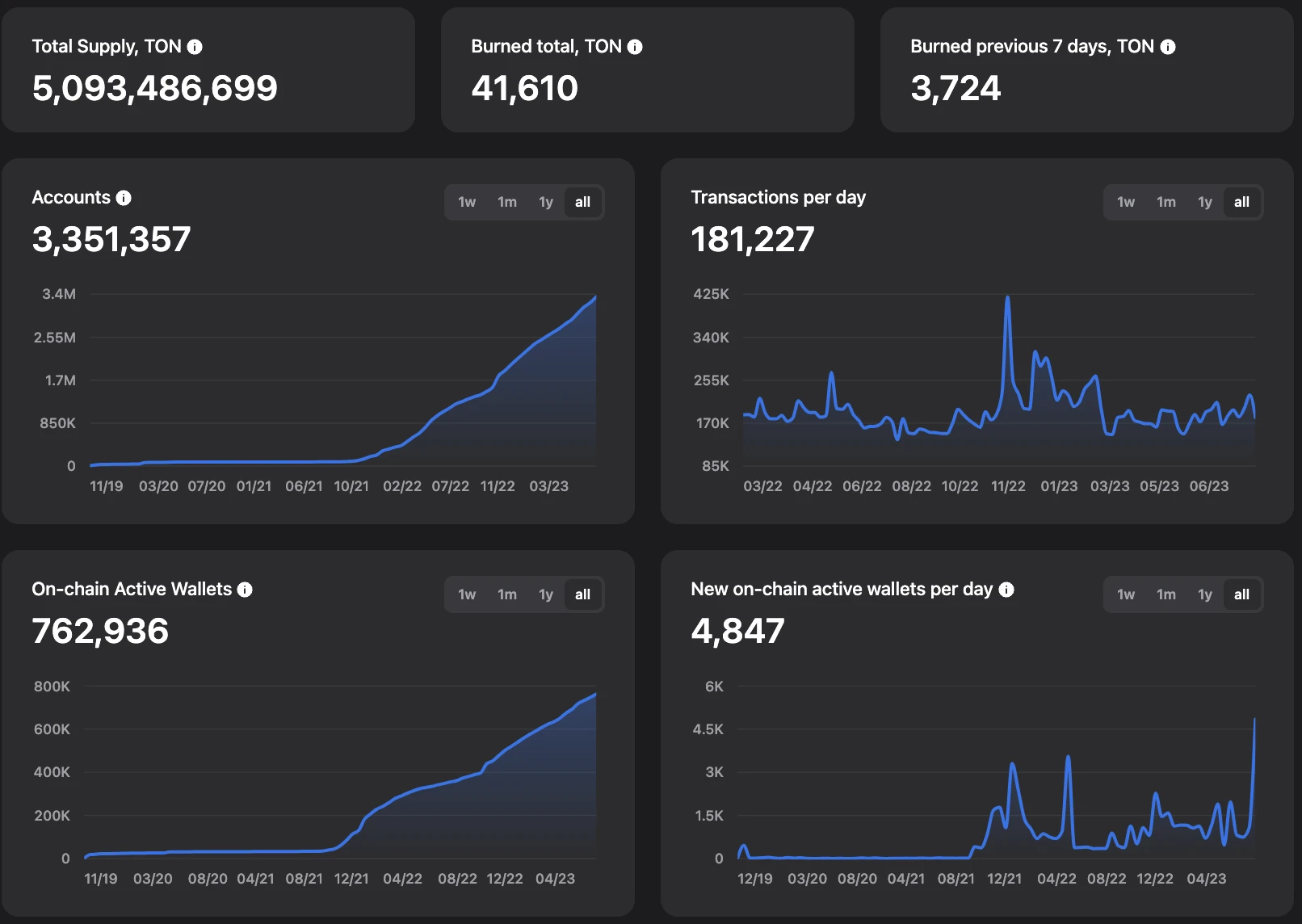
Although the number of account addresses exceeds 3 million, the Jetto Wallet has only 130,000 users actively participating in the Ton ecosystem.
(Note: Jetto is the standard token for the Ton network, and the Jetto Wallet is a wallet that contains any Jetto tokens.) The number of forged NFTs is 1.194 million. There have been 32,000 DNS names sold (the number of forged ENS domain names on Ethereum is 2.574 million), with a sales revenue of 6.205 million TON, which is estimated to be 10.67 million US dollars at the current price, with an average price of $333/DNS, which is relatively high.
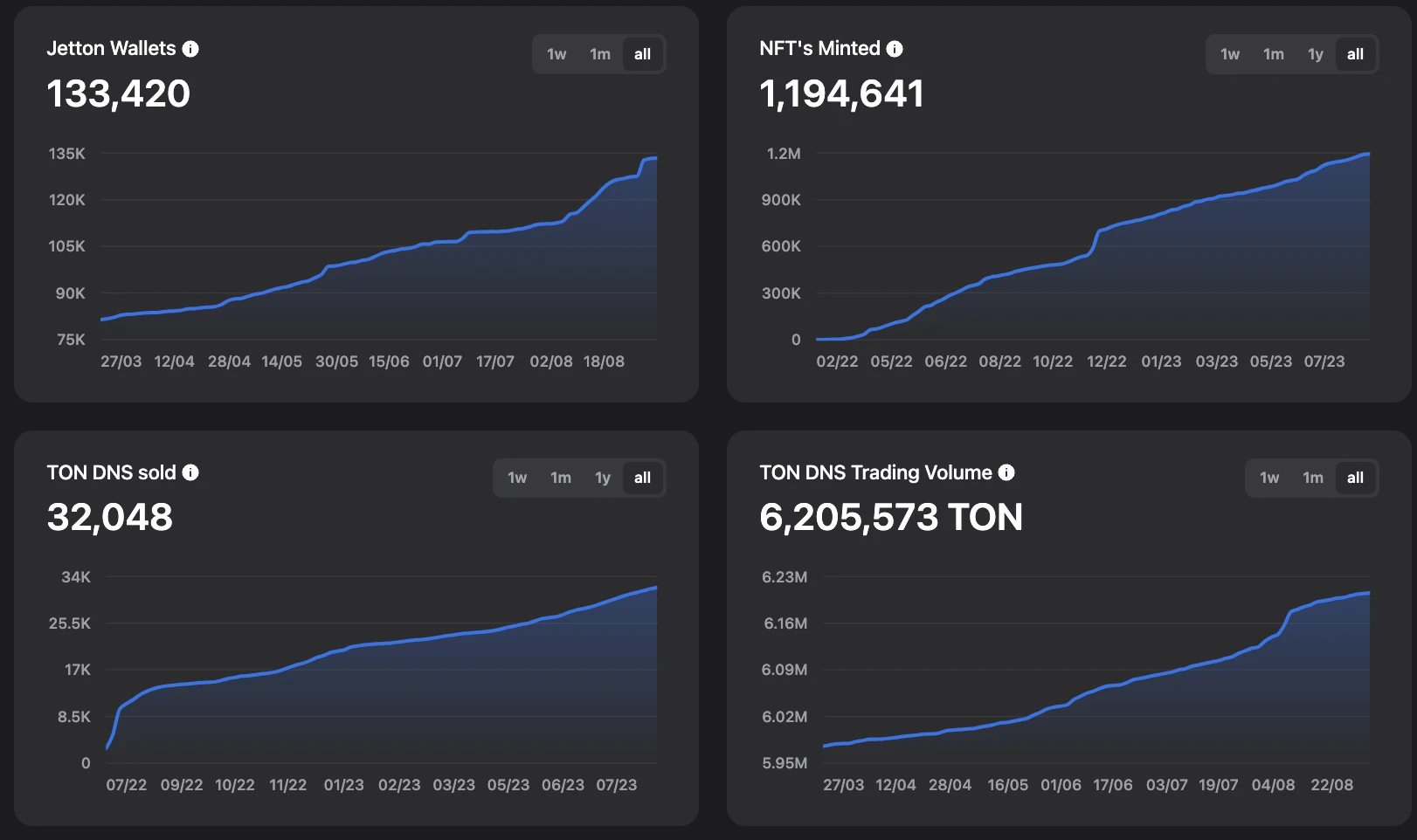
V. Ecology
Currently, the TON network ecology is led by the TON Foundation, which is 100% community-led.
Since 2023, the main activities of the TON Foundation include:
1) Regular liquidity funding rewards;
2) Universal Accelerator Program. Launched in May 2023, the accelerator program has a funding amount of $25 million. The TON Foundation has announced the projects funded in the second and third quarters of 2022 and 2023. According to the report, a total of 31 projects were funded in 2022, and 10 were funded in the second quarter of 2023.
1 project, funded 5 projects in the third quarter, mainly focused on infrastructure;
3) For the development plan of Telegram. TON Foundation launched the tApps Center in August, which includes any app that supports the Telegram ecosystem. In September, they launched the web3 Grant program for Telegram, without specifying the exact amount, but each project is expected to receive between $20,000 and $50,000;
According to Defillama, TON's current TVL is $9.85 million, with its historical high point reaching only $21.04 million. TON's ecosystem is still in its very early stage of development;
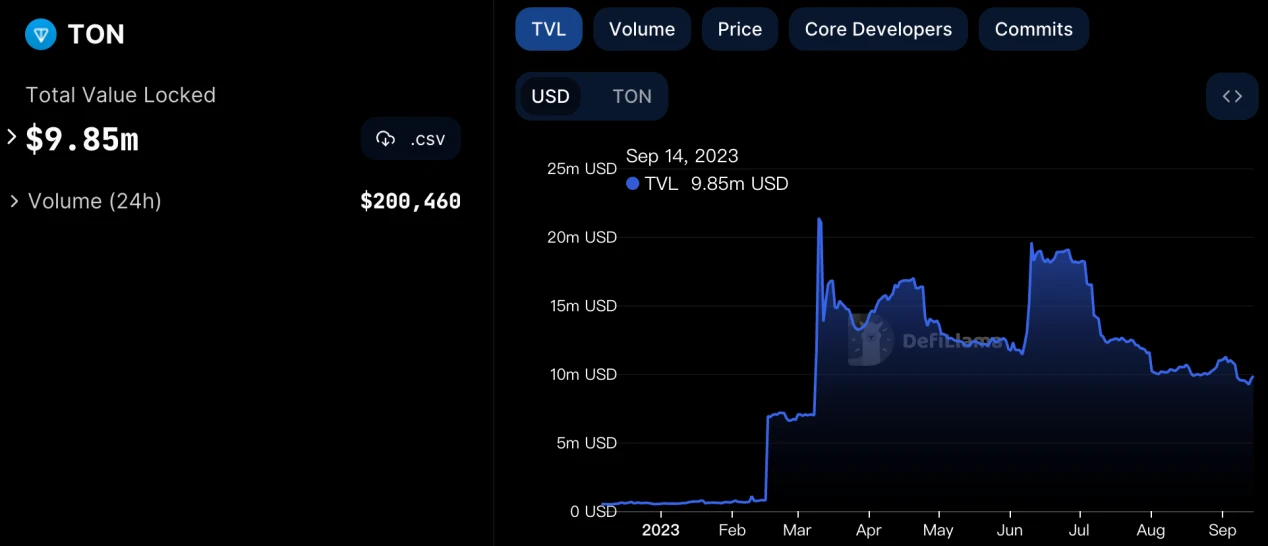

DEX
Megaton Finance
AMM DEX, developed by Korean blockchain technology company OZYS, was originally built on the Klaytn platform as Klayswap. Currently, TVL is about $4.89 million, accounting for about 50% of TON TVL, and holds a dominant position in the TON DeFi track. Megaton Finance raised $1.5 million in seed funding in March this year, led by TONcoin.fund, with participation from Cypher Capital, First Stage Labs, Orbs, MEXC Ventures and other institutions. The project token $MEGA is listed on MEXC, with 54% of the tokens allocated to liquidity providers.
DeDust
Developed by Scaleton, DeDust now supports almost all available wallets in the TON blockchain. Recently, version 2.0 of DeDust has been released. DeDust DEX currently supports token bridging, allowing users to seamlessly transfer tokens between the TON blockchain and Ethereum through its cross-chain bridge. The current TVL is 2.56 M.
STON.fi
AMM DEX. The trading fee is 0.3%, with 0.2% paid to liquidity providers and 0.1% paid to the STON.fi protocol. The current TVL is 2.23 M.
lending
DAOLama
NFT as collateral lending platform, current TVL is only $160,000.
NFT Marketplace
TON Diamonds
TON Diamonds is the main NFT trading market on the TON chain, and regular users need to pay a 5% market fee when trading NFTs. However, users can reduce transaction fees by purchasing diamond NFTs of different official levels.
Others
Fanzee
Fanzee is a fan participation platform that has raised $2 million in pre-seed funding. The round was led by the TON Foundation and First Stage Labs, with participation from MEXC Global, Huobi Global, KuCoin Exchange, VLG Capital, Orbs, 3Commas.io, and Hexit Capital.
Summary
Despite the Telegram team no longer being involved in the development of The Open Network, there is still some level of cooperation between the two parties. The Open Network is actively embracing the Telegram ecosystem. The Open Network is designed to use high performance as its cornerstone, leveraging Telegram as a major traffic entrance and providing low-threshold use cases to gain its core competitiveness. However, the ecosystem of TON is still in its very early stages, with infrastructure projects dominating and a lack of innovative and highly playable projects.

